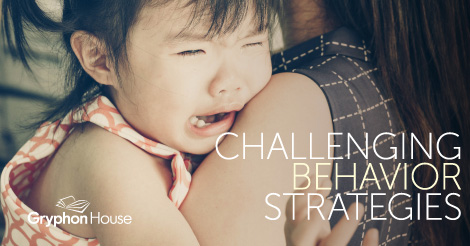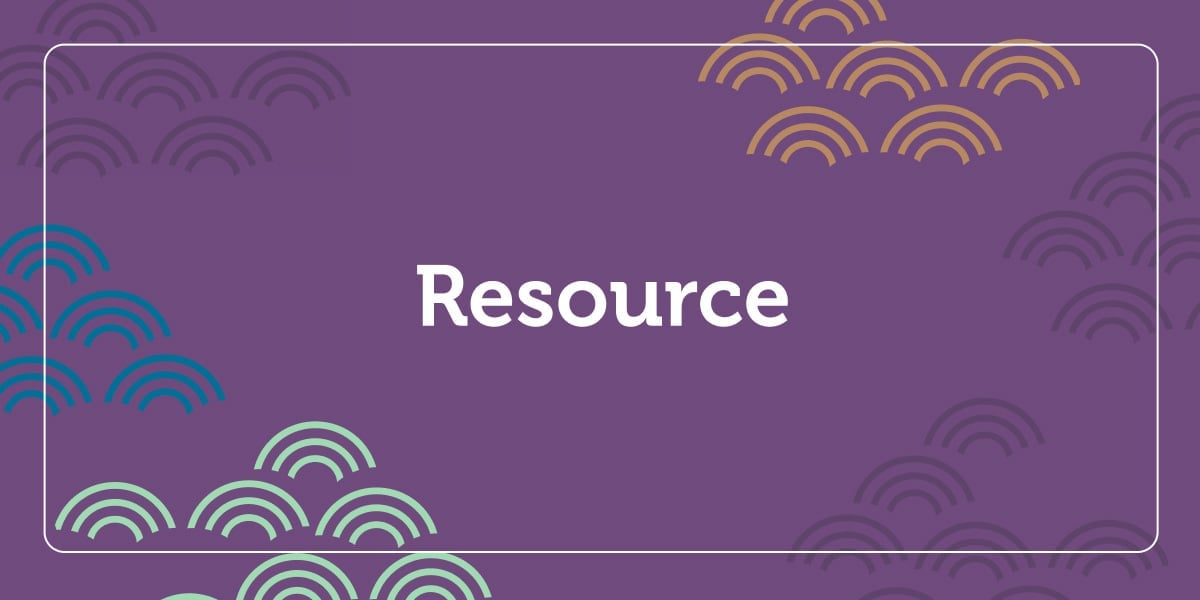
Many parents and teachers may view challenging behavior as something a child will outgrow with time, but, when left unchecked, challenging behaviors in young children can lead to greater behavioral problems as they mature. Some challenging behaviors such as not getting along with other students or disrupting class can be expected, but when these behaviors escalate or the bad behavior is severe from the start, an effective plan for classroom management is crucial in addressing and dealing with these issues.
Behavior intervention strategies are one way to handle challenging behavior in the classroom. Dr. William DeMeo’s book, When Nothing Else Works: What Early Childhood Professionals Can Do to Reduce Challenging Behaviors, is a wonderful resource for such intervention strategies.
Here are some behavior intervention strategies you can use in your home or classroom to address challenging behavior before it becomes a serious problem.
Active Listening
- Children need to feel they are heard. In the early childhood program, sometimes it can be difficult to hear what a child has to say, and at other times it might be hard to get a child to talk about his thoughts and feelings at all.
- Active listening is an excellent intervention strategy, especially if the challenging behavior is associated with an emotional reaction such as anger. The simple technique of identifying and validating a child’s emotions can defuse anger, clarify needs, and open the child up to possible solutions.
- By using active listening, you can assist the young child in identifying her feelings, and most importantly, you help her understand why she is feeling that way. Active listening opens up the channels of communication and often helps children reveal the real reasons behind their emotional state.
Encouragement and Feedback
- All children need immediate feedback to assist in developing the neuron connections within the frontal cortex that are associated with self-regulation, including decision making.
- One form of feedback is encouragement, the acknowledgement of a young child’s effort. When a child feels that his effort is recognized and appreciated, he develops a desire to try harder in the future. You can also use encouragement before and after an activity to help the child improve his behavior.
- It is important to note that there is an ongoing debate regarding praise and encouragement in early childhood literature. Praise and encouragement are not the same.
- Encouragement focuses on effort.
- Encouragement is specific and honest.
- Encouragement does not set children up for failure or comparison.
- Encouragement helps students develop an appreciation of their own behaviors.
Author(s)William DeMeo
Anna Wilmoth
Marketer. Publisher. Reporter. Educator. Mother. Runner. Explorer. Anna served as director of marketing for Gryphon House from Oct 2014 - May 2017.

